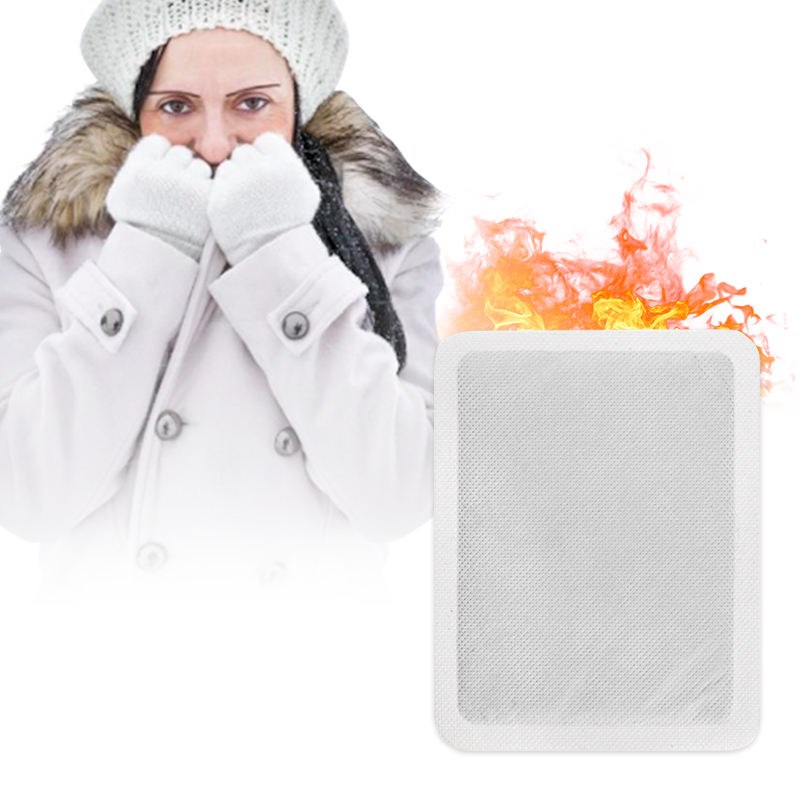Chronic pain affects over 50 million adults in the United States. Finding effective treatments that avoid long-term use of oral pain medications can be challenging. This has led to growing interest in multimodal, non-pharmacologic therapies that use Heat Patches along with other physical modalities to safely manage difficult pain syndromes.
Heat Patches containing ingredients like capsaicin, menthol, and camphor work by activating warm-sensitive ion channels on sensory neurons. This blocks pain signals from reaching the brain to temporarily relieve pain. Using Heat Patches together with therapies like transcutaneous electrical nerve stimulation (TENS) or therapeutic exercise can provide enhanced, longer-lasting pain relief compared to a single modality alone.
A 2021 systematic review published in Complementary Therapies in Medicine evaluated 17 clinical trials combining heat patches with exercise or electrophysical agents like TENS, interferential current (IFC), and ultrasound for treating musculoskeletal pain. Results across multiple high-quality studies found that this multimodal approach significantly reduced pain levels and improved physical function better than heat patches alone. The benefits lasted from 4-12 weeks depending on the study.

Other research has looked specifically at combining capsaicin Heat Patches with TENS therapy for knee osteoarthritis pain. Capsaicin works by depleting substance P, a neurotransmitter involved in pain signaling, when applied regularly. One trial found that using capsaicin patches for 4 weeks along with TENS led to significantly greater improvements in pain, stiffness, and physical function that lasted up to 8 weeks compared to capsaicin alone.
Therapeutic exercises like tai chi, yoga, and motor control training can also enhance the pain-relieving effects of Heat Patches. The increased circulation, joint mobility, and anti-inflammatory effects provided by exercise may help prolong the benefits of topical analgesics. Doing exercise and stretches while Heat Patches are active could potentially boost outcomes.
Multimodal therapy with Heat Patches may provide particular advantages for chronic back pain. A combination of menthol patches with chiropractic adjustments, massage, and exercise led to significant improvements in pain, disability, and quality of life in one clinical trial. The multimodal approach also allowed patients to use fewer oral pain medications.
While promising, combining Heat Patches with other therapies does have some risks. Allergic reactions, skin irritation, and burns are possible if patch instructions aren’t followed correctly. Using them with other heat sources like hot packs or heating pads can also increase the risk of adverse effects. Proper patient screening and education on safe use is key.
In conclusion, emerging research indicates that multimodal regimens using Heat Patches, TENS, therapeutic exercises, chiropractic care and other non-invasive treatments can safely optimize pain relief, especially for chronic musculoskeletal and neuropathic pain syndromes. This allows patients to better manage pain while avoiding or reducing oral analgesic medications and their potential side effects. Patients should consult their healthcare provider to develop an appropriate, personalized multimodal pain management plan utilizing evidence-based complementary modalities.





